Imagine the gentle moonlight over a quiet beach, with soft sand stretching into the shadows. Suddenly, the calm is broken by the laughter of tourists, the glare of resort lights, and the thump of music from a beachside bar. For centuries, these sandy shores have been the birthplace for generations of sea turtles. But as more people flock to the coast for fun and relaxation, these ancient creatures face challenges they’ve never encountered before. The story of sea turtle nesting is one of resilience—and one that desperately needs our attention and care.
Why Sea Turtles Choose Sandy Beaches

Sea turtles have a fascinating life cycle that begins and ends on the beach. Female turtles return, sometimes after decades at sea, to the very beaches where they hatched to lay their eggs. The sand provides the perfect temperature for incubation, and the distance from the high tide line protects the eggs from being washed away. These ancient reptiles rely on quiet, undisturbed areas to nest in peace. Beaches, with their shifting sands and natural vegetation, have always offered the perfect blend of safety and warmth. When people and development crowd these spaces, turtles lose the very qualities that drew them there. Their survival is intricately tied to the health of these coastal environments.
How Light Pollution Confuses Hatchlings
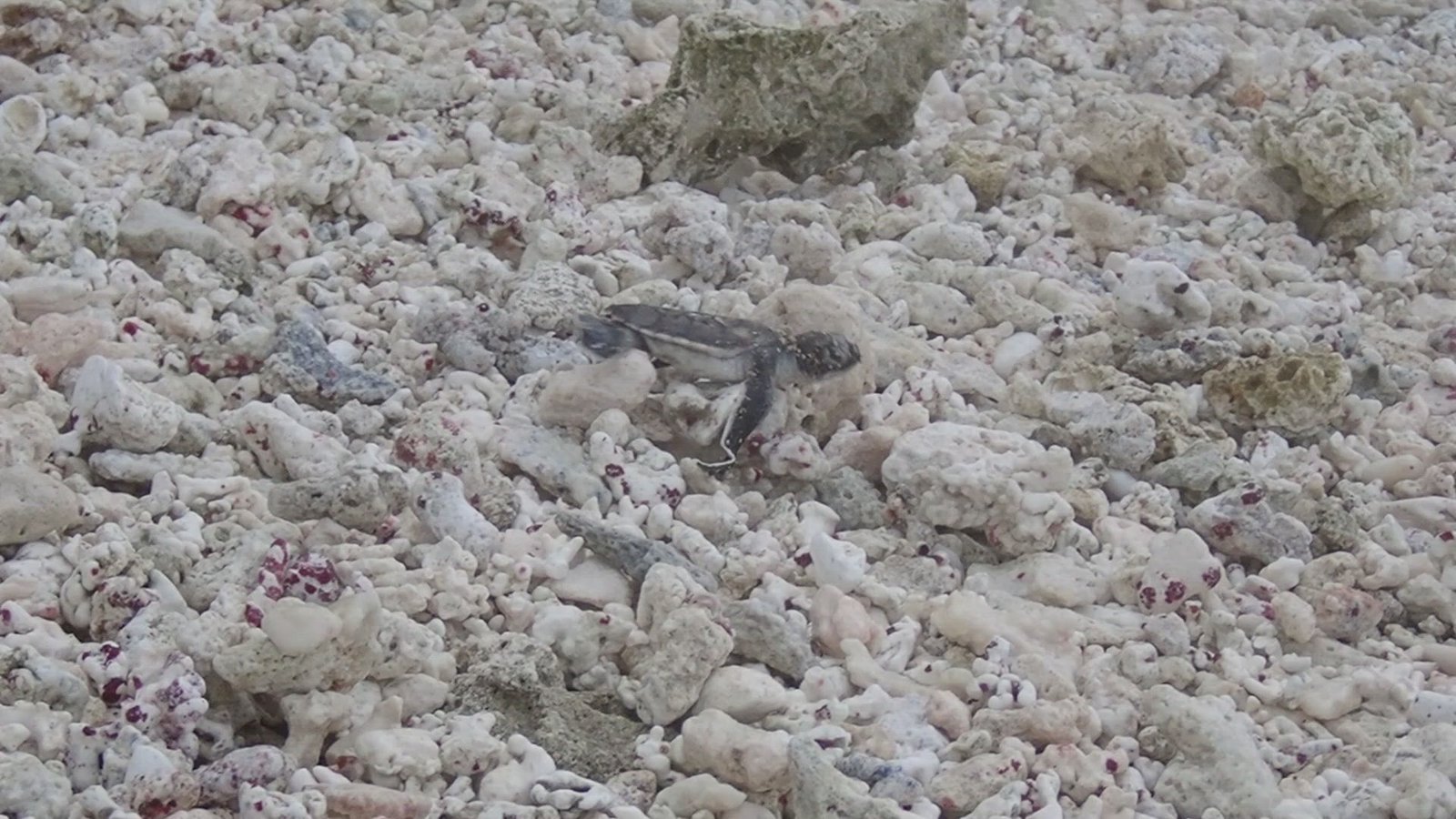
One of the most shocking threats to sea turtles is light pollution. Hatchlings use the natural light from the horizon over the ocean to find their way to the water. Bright lights from hotels, street lamps, and even flashlights can lure them in the wrong direction, leading them inland where they often die from dehydration, predation, or exhaustion. Artificial lighting is now recognized as a major obstacle for turtle populations worldwide. The simple act of leaving a porch light on can mean the difference between life and death for hundreds of tiny turtles each year. This heartbreaking reality is a direct result of human presence on the beaches after dark.
The Impact of Beachfront Development

The construction of resorts, restaurants, and vacation homes along coastlines has transformed many once-pristine beaches into bustling tourist hubs. Heavy machinery compacts the sand, making it difficult for female turtles to dig nests. Seawalls and other barriers can physically block turtles from accessing nesting sites altogether. The loss of native vegetation, which stabilizes dunes and shades nests, further diminishes the quality of nesting habitats. Development often prioritizes convenience for people over the needs of wildlife, leading to a cycle of habitat loss and declining turtle numbers. For sea turtles, a crowded beach is often a hostile one.
Disturbance from Human Activity

The presence of people on nesting beaches, especially at night, can be stressful for nesting turtles. Noise, movement, and even the scent of sunscreen can cause females to abandon nesting attempts. This phenomenon, known as a “false crawl,” wastes the turtle’s energy and may result in her dropping her eggs in the surf where they will not survive. Tourists sometimes unintentionally step on nests, compacting the sand or damaging eggs. Enthusiastic beachgoers who gather around a nesting turtle can disrupt her sensitive nesting process, making it harder for her to complete this vital task. Even well-meaning curiosity can spell trouble for these ancient mariners.
Trampling and Damage to Nests

Foot traffic on busy beaches can be disastrous for hidden turtle nests. Unmarked nests are difficult to spot, and even a single step can crush eggs beneath the surface. Children digging in the sand or playing games may unknowingly destroy entire clutches. Beach cleaning machines, while intended to remove debris, often sweep away or compact nests, making hatching impossible. The cumulative impact of thousands of feet and wheels on the sand each season is staggering. Simple acts like walking or setting up beach umbrellas can have unintended and irreversible consequences for turtle populations.
Pollution and Plastic Waste

Litter left behind by tourists poses a deadly threat to sea turtles. Plastics and other debris can block hatchlings from reaching the sea or trap them in the sand. Adult turtles may ingest plastic bags, mistaking them for jellyfish, a favorite food. Toxic chemicals from sunscreen, spilled drinks, or cigarette butts can seep into the sand, poisoning eggs or contaminating hatchlings as they emerge. The sight of a hatchling struggling through a web of trash is a sobering reminder of our footprint on even the most remote beaches. Every piece of waste left behind is a new hazard for turtles.
Vehicle Traffic on Beaches

In some tourist destinations, vehicles are allowed to drive directly on the sand. This practice can flatten nests, crush eggs, and leave deep ruts that trap hatchlings as they attempt to reach the ocean. Tire tracks create barriers that are nearly impossible for a tiny turtle to cross. The vibrations from vehicles can also disturb nesting females, causing them to abandon their efforts. Beyond the physical damage, the noise and presence of vehicles add another layer of stress to an already challenging environment. For turtles, a beach filled with cars is no longer a safe place to start life.
Disruption of Natural Beach Features
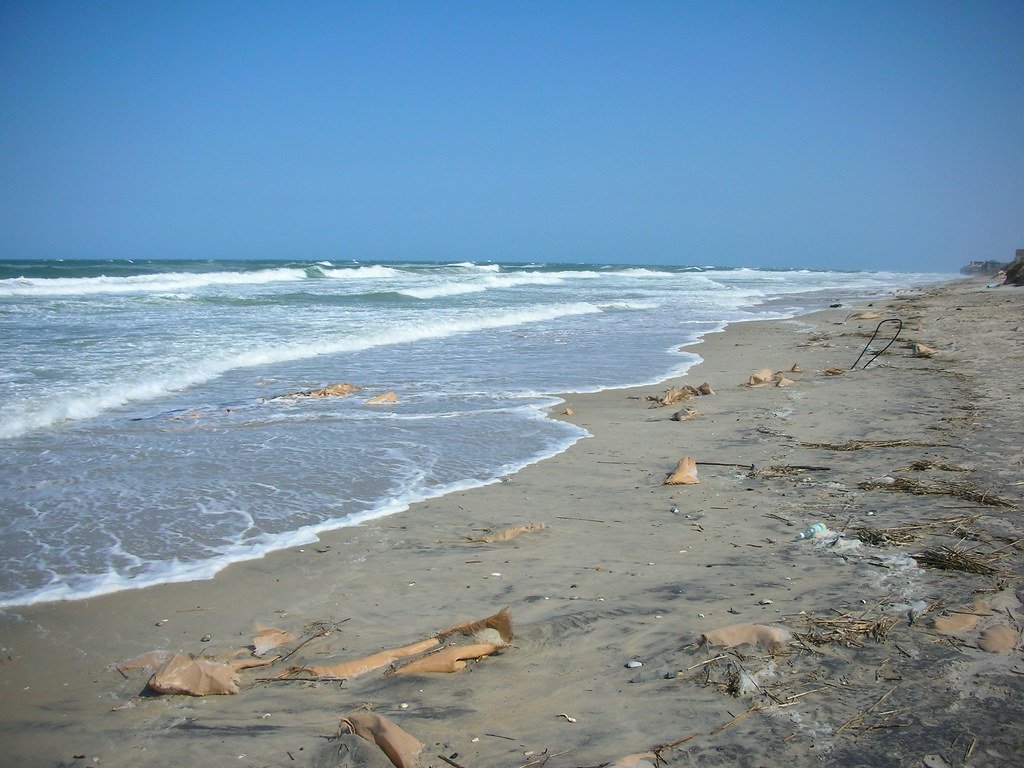
Tourism often alters the natural topography of beaches. Dune flattening to create flat spaces for sunbathing or volleyball destroys critical nesting habitat. Removal of native plants to make way for lawns or landscaping weakens dune systems and exposes nests to erosion. Even the placement of beach chairs, umbrellas, or cabanas can change the microclimate of the sand, affecting nest temperatures and success rates. These seemingly small changes accumulate over time, transforming beaches from vibrant, living ecosystems to sterile stretches of sand. Turtles need the wild, uneven, and unpredictable features that have shaped their evolution.
Predator Attraction from Human Waste
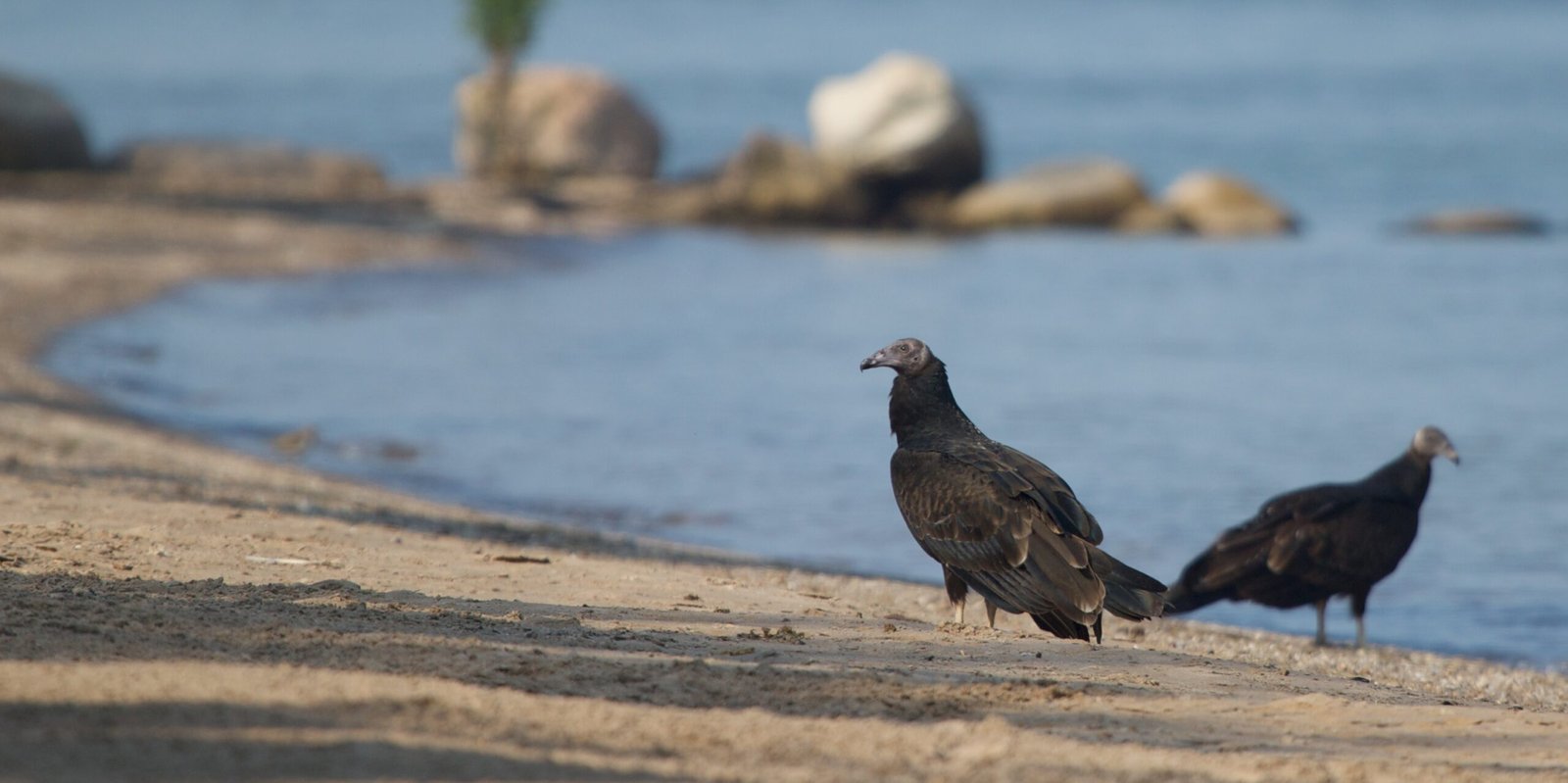
Food scraps, garbage, and even pet food left on the beach attract predators like raccoons, foxes, and birds. These animals quickly learn to associate human activity with easy meals—and turtle eggs become a prime target. Nests that might have gone undetected in the wild are easily sniffed out by hungry scavengers. Predation rates soar in areas with heavy tourism, sometimes wiping out entire generations of eggs. The indirect effects of our presence ripple through the ecosystem, making survival even harder for vulnerable turtle populations.
Changing the Sand’s Temperature

Sea turtle eggs are incredibly sensitive to the temperature of the sand. Warmer sand produces more female hatchlings, while cooler sand leads to more males. Activities like removing shade, building fires, or compacting the sand can alter these delicate temperature balances. In some areas, climate change and human activity are combining to skew the sex ratios of hatchlings, threatening long-term population stability. The act of sunbathing in a particular spot may seem harmless, but it can tip the scales for an entire generation of turtles. Protecting the natural temperature gradients is crucial for their continued survival.
The Role of Conservation Zones
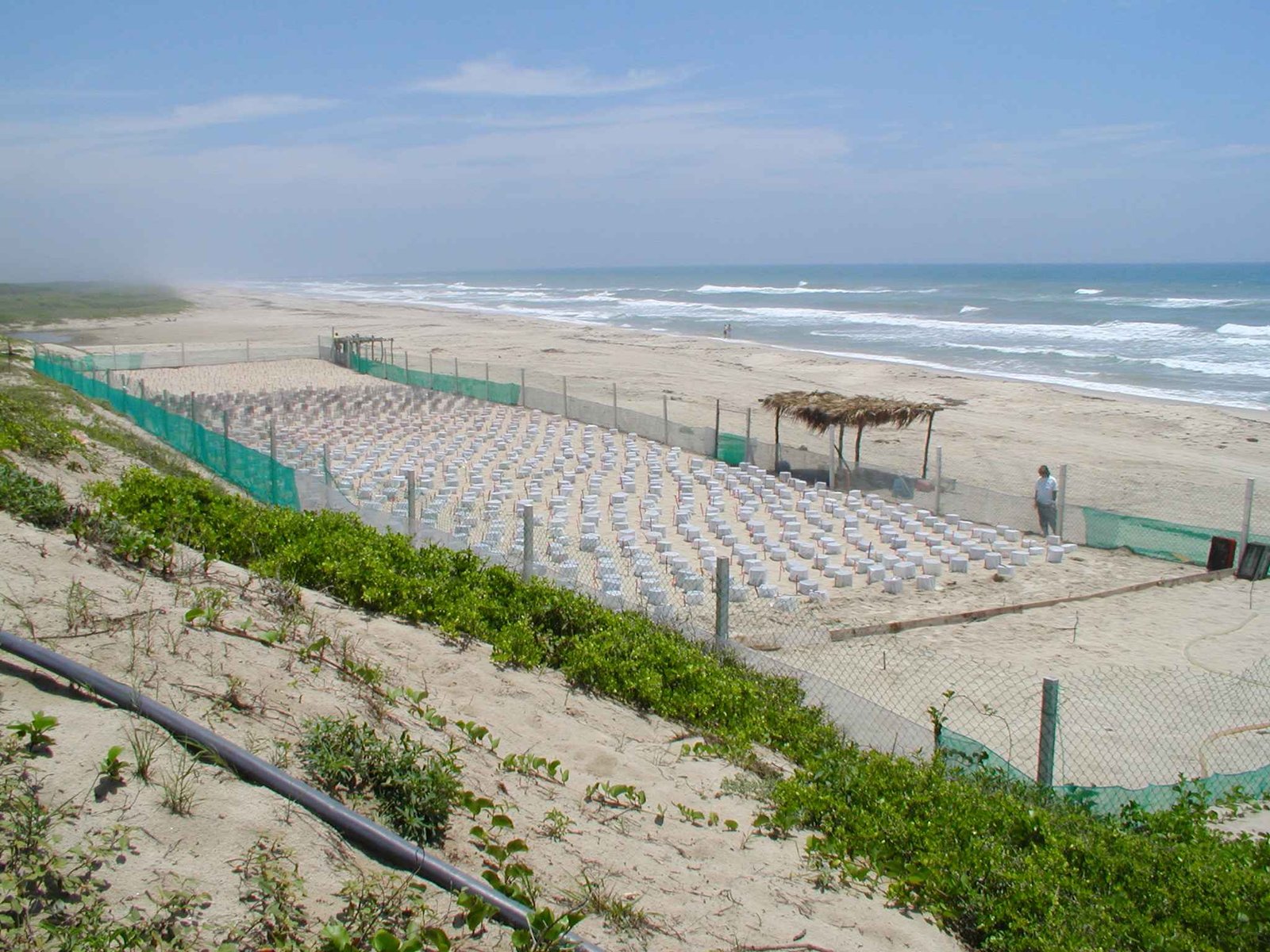
Recognizing the threats to sea turtles, many countries have established protected areas or conservation zones on critical nesting beaches. These zones often restrict nighttime access, limit development, and require that lights be shielded or turned off during nesting season. Turtle patrols mark and protect nests, sometimes relocating them to hatcheries if the risk of destruction is too high. Community education programs teach locals and tourists about the importance of leaving beaches undisturbed. While not a cure-all, conservation zones offer a lifeline for turtle populations struggling to cope with human pressures.
Community-Based Ecotourism as a Solution

Some of the most inspiring success stories come from communities that have embraced ecotourism. Instead of excluding people from the beach, these programs invite tourists to witness turtle nesting in a controlled, respectful setting. Local guides lead night walks, sharing knowledge and ensuring turtles are undisturbed. Fees from these tours fund conservation work and provide economic incentives for locals to protect, rather than exploit, turtle nests. This shift from destructive to sustainable tourism demonstrates that people and turtles can coexist—if we choose wisely. Ecotourism turns curious visitors into passionate advocates for wildlife.
Volunteering and Citizen Science
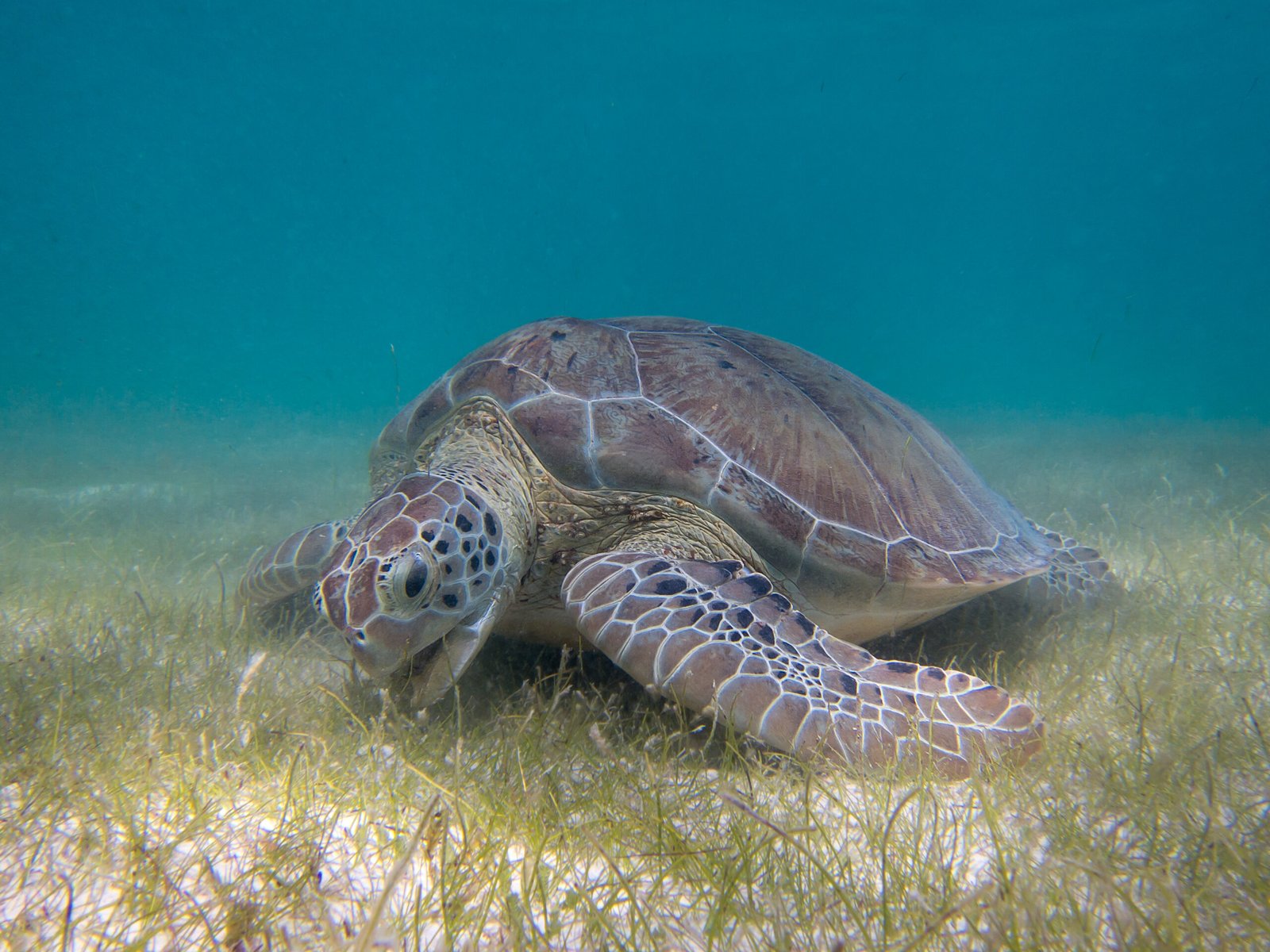
Volunteers play a crucial role in sea turtle conservation worldwide. From monitoring nests and relocating eggs to rescuing disoriented hatchlings, ordinary people make a real difference. Participating in “turtle patrols” not only helps turtles but also educates volunteers about the complexity of coastal ecosystems. Citizen science projects invite beachgoers to report sightings, track nesting events, or document threats. These efforts generate valuable data that inform conservation strategies. Getting involved, even for a day, can be a life-changing experience and a powerful way to give back to the natural world.
Simple Actions Every Tourist Can Take
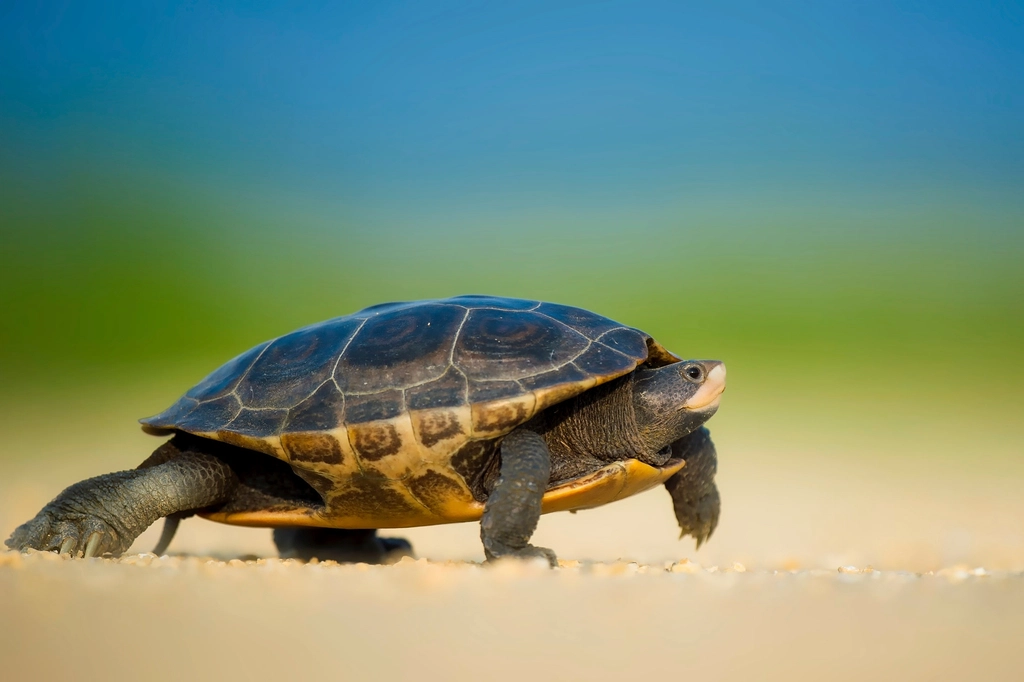
You don’t have to be a scientist or a volunteer to help protect sea turtles. Small changes in behavior add up to big impacts. Turn off beachfront lights at night, avoid walking on dunes, and never disturb a nesting turtle or hatchling. Always dispose of trash properly and pick up litter when you see it. Use “reef-safe” sunscreens that do not harm marine life. If you see marked nests, keep your distance and explain their importance to others. Every thoughtful action on the beach is a vote for the turtles’ future.
Supporting Turtle-Friendly Businesses

Tourists have the power to shape the market by choosing accommodations and tour operators that prioritize turtle conservation. Look for certifications or partnerships with reputable wildlife organizations. Support restaurants and shops that minimize plastic use and educate guests about local wildlife. Ask questions about how businesses protect nesting sites and discourage harmful practices. When you spend your money, you’re casting a vote for the kind of world you want to see—one where turtles and people share the shore in harmony.
Teaching the Next Generation

The future of sea turtles rests in the hands of today’s children. Sharing the wonder of these creatures through stories, documentaries, and hands-on experiences fosters a lifelong love of nature. Schools, camps, and family trips to conservation centers can inspire kids to become protectors of wildlife. Simple activities, like building sand castles away from nesting areas or joining a beach cleanup, help children understand their role in preserving the natural world. When kids fall in love with turtles, they grow into adults who fight for their survival.
Hope on the Horizon: Stories of Recovery
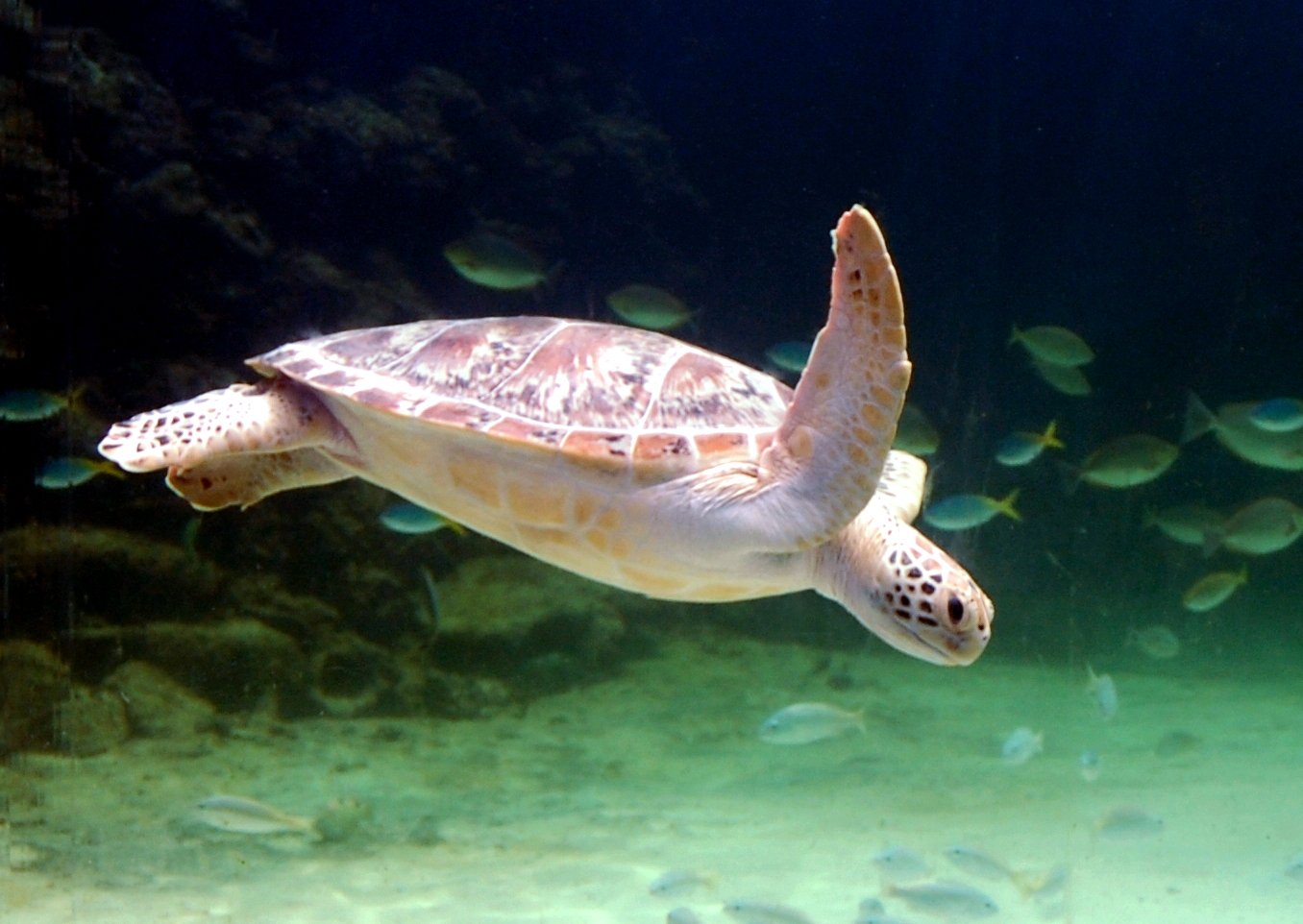
Despite the many challenges, there are glimmers of hope. In places where communities, scientists, and tourists work together, turtle populations are rebounding. The beaches of Tortuguero in Costa Rica or Ras Al Jinz in Oman have become shining examples of coexistence. Once on the brink, some turtle species are making a comeback thanks to dedicated conservation efforts and growing public awareness. Each successful nest, each hatchling that reaches the sea, is a small victory for nature. These stories remind us that, with care and commitment, we can give sea turtles a fighting chance.




